Introduction to Social Media Lead Generation

What is Social Media Lead Generation
Social media lead generation is the process of attracting and converting users from social media platforms into potential customers or leads for your business.
This strategy leverages the vast user base of various social media platforms to identify and engage the target audience, effectively funneling them towards making a purchase or subscribing to a service.
Importance of Social Media in Generating Leads for Businesses
Social media isn't just about expanding reach; it's about connecting with potential customers in a space where they spend a significant amount of time. Here's why it's crucial:
Expansive Reach and Targeted Engagement
Social media's global user base is staggering. As of 2023, platforms like Facebook and Instagram boast billions of active users, presenting businesses with a vast audience pool.
- Broad Audience: With over 2.8 billion monthly active users on Facebook alone, the potential to reach a wide audience is immense.
- Precision Targeting: Platforms offer detailed targeting options, including demographics, interests, and behaviors, enabling businesses to reach specific segments of the market.
This broad yet targeted approach allows companies to not only increase their visibility but also to engage with the most relevant audience segments, enhancing the quality of leads generated.
Cost-Effectiveness and ROI
Social media marketing stands out for its affordability and measurable return on investment (ROI), making it a go-to for businesses of all sizes.
- Lower Costs: The average cost per click (CPC) on social media platforms can be significantly lower than traditional advertising channels. For instance, average CPCs on Facebook can be as low as $1.72.
- Measurable Outcomes: With advanced analytics tools, businesses can track the performance of their campaigns in real-time, adjusting strategies to maximize ROI.
This level of cost-efficiency combined with measurable outcomes enables businesses to optimize their budgets and strategies for the best possible results.
Building Trust and Engagement
The interactive nature of social media fosters a unique opportunity for businesses to build relationships with their audience, which is critical for converting leads into customers.
- Direct Interaction: Social media allows for real-time engagement with potential leads through comments, direct messages, and posts.
- Content Sharing: Engaging content can be shared widely, increasing brand visibility and trust among potential leads.
This direct line of communication not only humanizes brands but also builds trust and loyalty, crucial components in the lead conversion process.
Insights for Strategic Decision-Making
The analytics provided by social media platforms offer invaluable insights into audience behavior and campaign performance, guiding strategic decision-making.
- Audience Insights: Platforms like Instagram provide detailed demographics, interests, and behavior data about your audience.
- Campaign Analytics: Real-time analytics help measure the effectiveness of campaigns, from engagement rates to conversion metrics.
Leveraging this data, businesses can fine-tune their strategies to better meet the needs of their target audience, improving the efficiency of lead generation efforts.
SEO and Competitive Advantage
Although indirectly, social media influences search engine optimization (SEO) and provides businesses with a competitive edge.
- SEO Benefits: Content that gains traction on social media can lead to increased website traffic and higher search engine rankings.
- Staying Ahead: With rapid digital evolution, businesses that leverage the latest social media trends and technologies can outpace competitors.
How to Identify the Most Effective Social Media Platforms for Lead Generation
Identifying the most effective social media platforms for lead generation requires a strategic approach that considers your business's unique needs and the preferences of your target audience.
Understand Your Target Audience
Start by gaining a deep understanding of your target audience, including their demographics, interests, and online behavior. This foundational knowledge will guide you in selecting the platforms where your potential customers are most active to run effective lead generation process.
- Demographics: Different platforms attract different age groups, professions, and interest groups. For instance, LinkedIn is ideal for B2B companies targeting professionals, while Instagram appeals to a younger demographic interested in visual content.
- Online Behavior: Analyze where your audience spends their time online. Are they more engaged in watching videos, which would make YouTube an ideal platform, or do they prefer quick, engaging posts, pointing towards Twitter or Instagram?
Evaluate Platform Features with Business Goals
Each social media platform offers unique features that can be leveraged for lead generation. Assess these features to determine which platform aligns best with your lead generation strategy.
- Advertising Options: Platforms like Facebook and LinkedIn provide advanced targeting options for ads, allowing you to reach specific segments of your target audience with precision.
- Content Types: Consider what type of content your business excels at creating. If it's video, YouTube and TikTok might be your best bet. For articles or professional content, LinkedIn could be more effective.
Evaluating Content Type and Marketing Strategies
The type of content you plan to create should influence your platform choice. Different platforms favor different content types, from text and images to videos and stories.
- Content Compatibility: For instance, if your strategy is heavily reliant on video content, platforms like YouTube, TikTok, and Instagram are more appropriate.
- Marketing Strategies: Consider the marketing tools available on each platform, such as Instagram's shopping features or Facebook's detailed ad targeting, to see which aligns best with your strategy.
Analyze Competitors
Examine the platforms where your competitors have the most activity and success. This approach can offer valuable clues about where your intended audience might be more open to engaging with your content.
- Check their engagement rates, follower growth, and the type of content that performs well for them.
Test and Measure
The final step is to test different platforms and measure the results. Use a mix of content types and advertising campaigns to see which platforms generate the highest engagement and conversion rates.
- Engagement Metrics: Track likes, shares, comments, and other forms of engagement to gauge interest.
- Conversion Rates: Use tracking links and platform analytics to measure how effectively your social media efforts are driving leads to your website or landing pages.
12 Innovative Social Media Lead Generation Strategy to Use for Lead Generation
1. Create High-Quality, Engaging Content
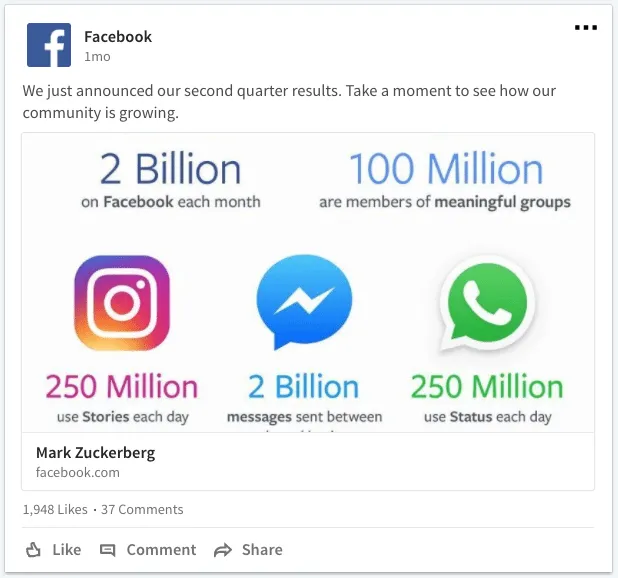
Engaging content that resonates with your audience can significantly increase your brand's visibility and attract potential leads. This could range from informative blog posts and infographics to interactive quizzes and compelling videos.
- High-quality content can captivate users, encouraging them to interact with your brand. This not only increases the likelihood of them sharing your content but also positions your brand as an authority in your field.
Develop a content calendar that aligns with your audience's interests and your marketing goals. Use analytics to track which types of content perform best and refine your strategy accordingly. Engage with users who comment on or share your content to foster a community around your brand.
2. Leverage Paid Social Advertising
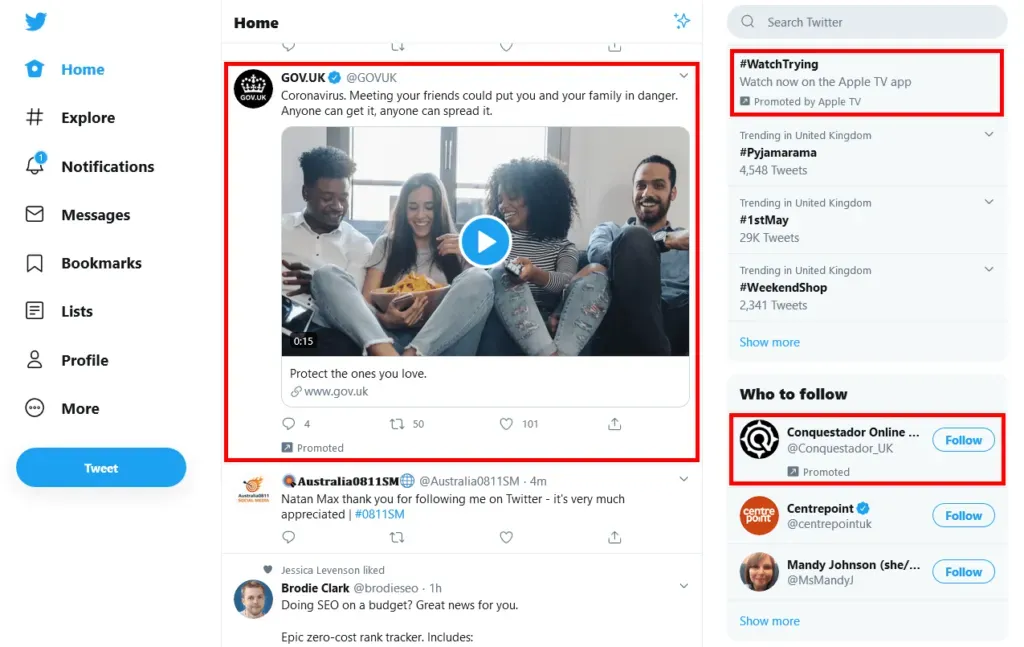
Paid social advertising allows you to reach a broader audience beyond your existing followers. Platforms like Facebook, Instagram, LinkedIn, and Twitter offer advanced targeting options to ensure your social media ads are seen by users who are most likely to be interested in your products or services.
- With organic reach on social media declining, paid advertising ensures your content gets in front of the right people. The targeting capabilities allow for efficient use of your marketing budget, focusing on demographics, interests, behaviors, and more.
Start with a clear goal for your advertising campaign, whether it's brand awareness, lead generation, or driving traffic to your website. Experiment with different ad formats and targeting options to find what works best for your brand. Use A/B testing to refine your ads based on performance metrics.
3. Launch Compelling Lead Magnet Offers

Lead magnets are an effective strategy to entice social media users to exchange their contact information for valuable content. Whether it’s an eBook, a webinar, or an exclusive video, the key is to offer something that addresses your target audience's pain points or interests.
- Lead magnets work because they offer immediate value in exchange for contact details. This transaction not only generates leads but also establishes your brand as a valuable resource in your industry.
Identify the most common questions or challenges your audience faces. Create content that provides solutions or insights and promote it across your social media channels. Ensure the landing page is optimized for conversions, with a clear and simple form.
4. Optimize Your Social Media Profiles
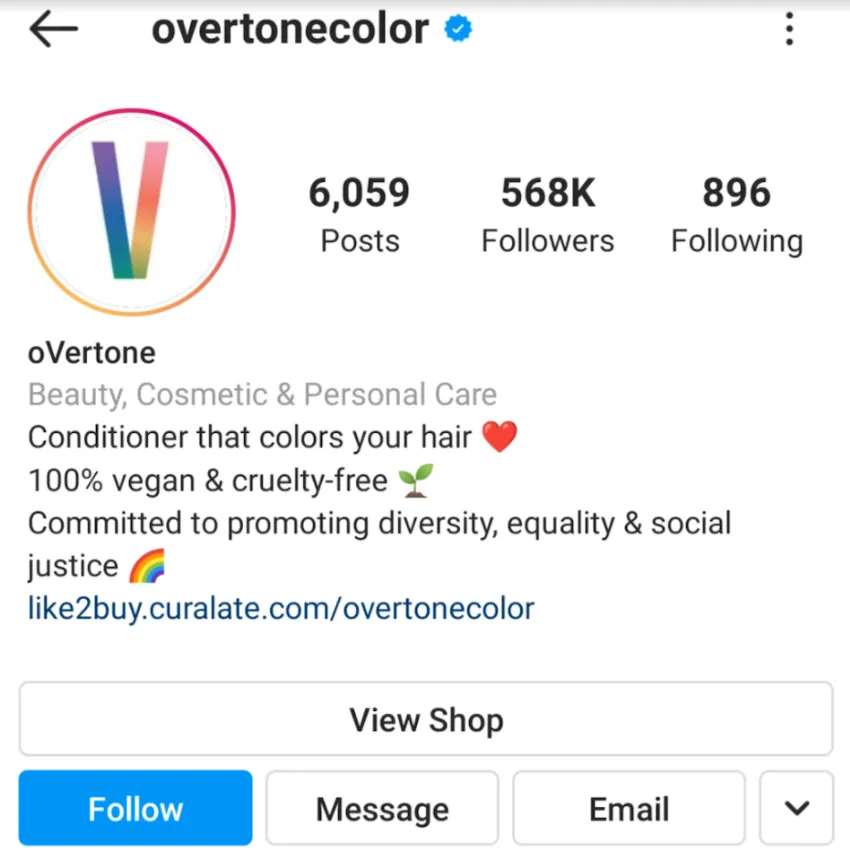
An often-overlooked aspect of social media lead generation is the optimization of social media profiles. A well-optimized profile can act as a gateway for potential leads, offering clear information about your business and how to take the next step.
- A profile is usually the first point of contact between your business and potential leads. Making it easy for users to understand what you offer and how they can benefit increases the likelihood of conversion.
Ensure that all your social media profiles are complete with up-to-date information. This includes a clear profile picture, a compelling bio, contact details, and a link to your website. Use keywords relevant to your business in your profile to improve visibility in searches both on the social media platform and search engines.
5. Implement Social Listening and Monitoring

Social listening and monitoring involve tracking mentions of your brand, competitors, and industry-related terms across social media.
This strategy allows you to engage with potential leads who are already interested in what you offer but might not be directly connected to your brand yet.
- By engaging with users talking about related topics, you can introduce your brand to potential leads in a non-intrusive way. It also helps you understand the needs and preferences of your target audience, allowing you to tailor your offerings and content.
Use social listening tools to monitor mentions and relevant conversations. Engage in these conversations authentically, offering value and answering questions. This approach not only generates leads but also builds your brand’s reputation as helpful and knowledgeable.
6. Use Social Media Chatbots
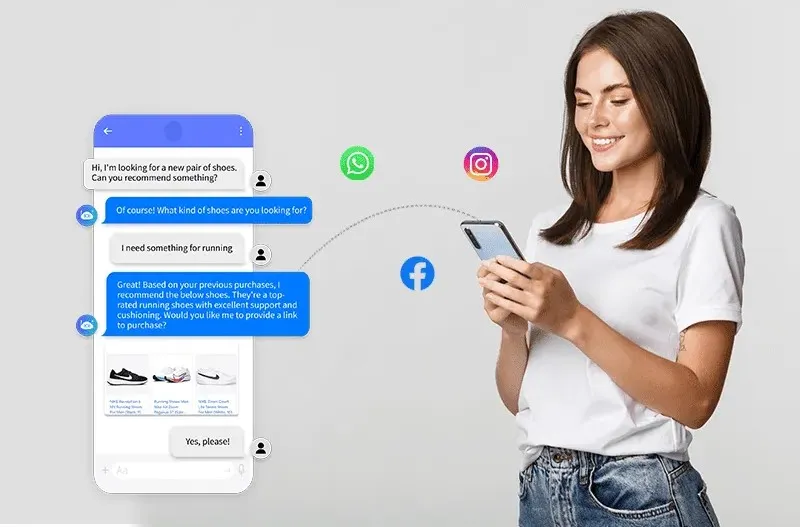
Chatbots on social media can provide immediate responses to potential leads, guiding them through the early stages of the conversion funnel without human intervention. They can answer frequently asked questions, collect user information, and even book appointments or direct users to your lead magnets.
- The immediacy of chatbot responses caters to the modern consumer’s expectation for quick information. By automating the initial engagement, chatbots can filter and direct high-intent leads to your sales team, improving efficiency.
Implement a chatbot on platforms where your audience is most active. Design the chatbot’s conversation flow to engage users, provide valuable information, and capture lead information. Regularly update the chatbot’s script based on common queries and user interactions to ensure it remains effective.
7. Make Use Of Sponsorships To Get More Leads On Social Media

Sponsorships on social media involve partnering with influencers, popular pages, or events that align with your brand values to promote your products or services. This method can significantly expand your reach and credibility, leading to more leads.
- Sponsorships leverage the trust and relationship influencers or brands have with their followers. When these trusted entities endorse your product, it reduces the barrier to entry for potential leads, making them more willing to engage with your brand.
Identify influencers or organizations with a follower base that matches your target audience. Ensure their content and audience engagement align with your brand's values. Collaborate on sponsored posts, stories, or events that include clear calls-to-action (CTAs) directing users to your landing pages or offers.
8. Set Up Sequential Retargeting Ads

Sequential retargeting involves showing ads in a specific order to individuals who have previously interacted with your brand but did not convert. This strategy nurtures potential leads through the sales funnel by providing them with progressively more persuasive content.
- This method works by keeping your brand top of mind and progressively addressing potential objections or questions that a lead might have. By customizing the messaging based on the user's previous interactions, you can guide them closer to conversion with each ad.
Use social media ad platforms to segment your audience based on their interaction level with your brand. Design a series of ads that start with broad awareness and gradually move towards more conversion-focused messages. Monitor performance and adjust the sequence based on which ads drive the most engagement and conversions.
9. Share Testimonials as Social Proof

Testimonials from satisfied customers shared on social media act as powerful social proof, reassuring potential leads about the quality and reliability of your product or service. This strategy leverages word-of-mouth in a digital format to build trust and credibility.
- Potential customers are more likely to trust peer reviews and experiences over brand messages. Sharing real testimonials addresses skepticism and builds confidence in your brand, encouraging leads to take the next step.
Collect testimonials from your satisfied customers, ensuring you have permission to share their words publicly. Use a mix of formats, such as text posts, video testimonials, and stories, to share these endorsements. Highlight these testimonials in your profiles, and incorporate them into your content strategy to ensure they are seen by potential leads.
10. Leverage Influencer Partnerships
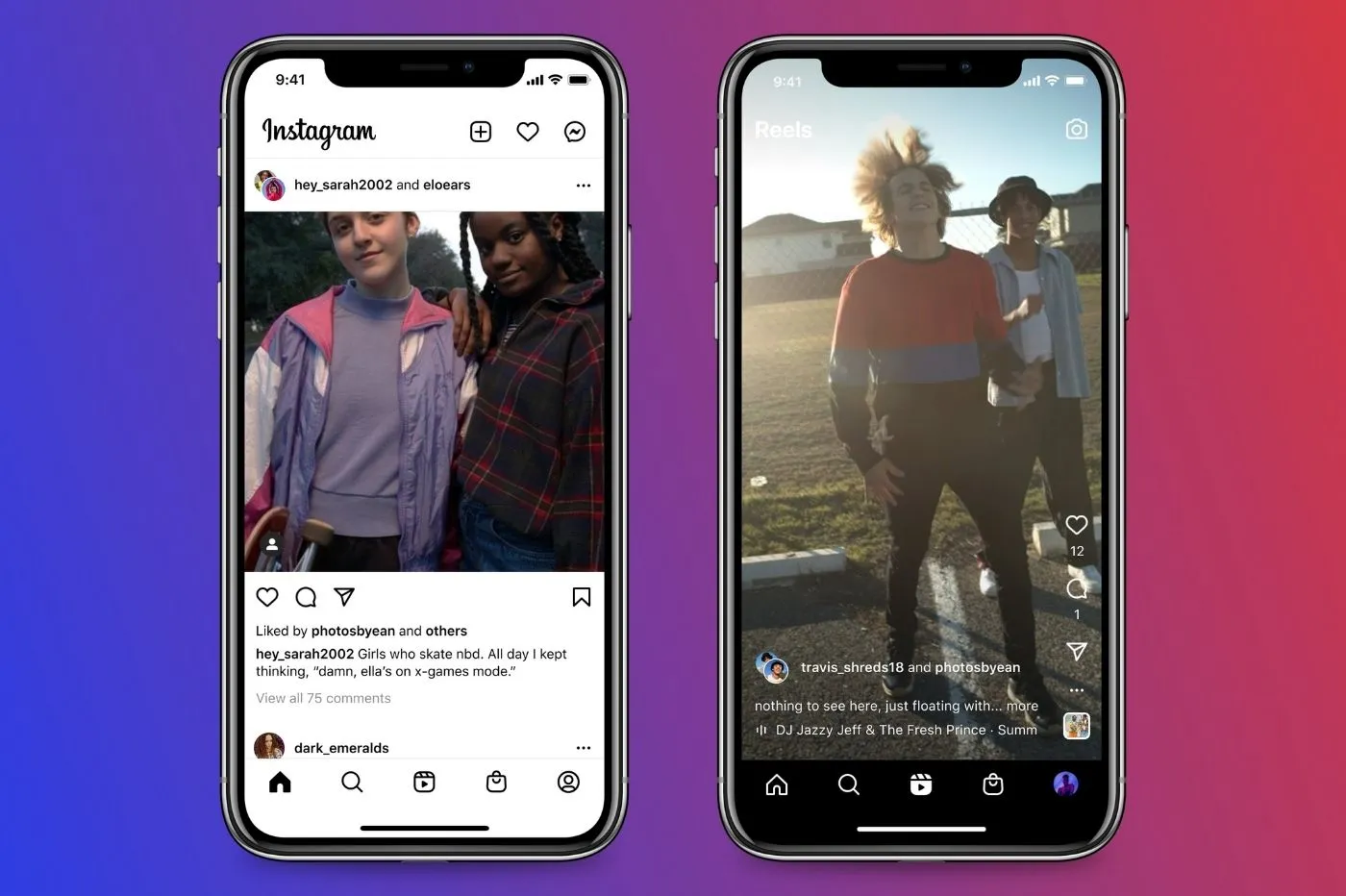
Influencer partnerships involve collaborating with social media personalities who have a significant following and influence over your target audience. These partnerships can amplify your brand's message and drive lead generation by tapping into the influencer's loyal fan base.
- Influencers have built trust and credibility with their followers. When they recommend your product or service, their endorsement acts as a powerful form of social proof, encouraging their audience to explore your offering.
Identify influencers whose brand values and audience demographics align with yours. Develop a partnership where the influencer promotes your product or service, possibly through reviews, unboxing videos, or sponsored content. Ensure the content includes a clear call-to-action, directing viewers to your website or a specific landing page.
11. Launch Referral Campaigns

A referral campaign incentivizes your current customers to refer their friends or family to your brand, leveraging their networks to generate new leads. This method effectively turns your satisfied customers into brand ambassadors.
- People trust recommendations from friends and family more than any other form of advertising. A referral campaign leverages this trust, making it a highly effective way to acquire qualified leads who are more likely to be interested in your products or services.
Create a referral program that offers rewards to both the referrer and the referred individuals. This could be discounts, free products, or exclusive access to new offerings. Promote your referral campaign across your social media platforms, making it easy for your followers to participate and share with their networks.
Targeted Strategies for Lead Generation on Social Platforms
The landscape of social media offers a rich tapestry of opportunities for generating leads. Each platform has its unique audience and content preferences, making tailored strategies essential for success. Below, we explore effective strategies for lead generation across different social platforms.
Instagram Leads
Instagram's visually driven platform is perfect for brands looking to captivate audiences with compelling images and videos. With over 1 billion monthly active users, the potential for lead generation is vast.
Utilize Instagram Stories and Highlights: Stories have a 24-hour lifespan, creating a sense of urgency. Use them to share limited-time offers or behind-the-scenes content. Highlights can perpetuate these offers on your profile.
Leverage Instagram Shopping and Product Tags: Make your products discoverable directly through your posts. This seamless shopping experience can significantly increase conversion rates.
Engage with Instagram Ads: With options for photo, video, carousel, and Stories ads, you can target your audience with precision, driving leads directly through the platform.
Content Strategy and Hashtags:
- Posts with at least one hashtag average 12.6% more engagement, and using location tags can increase engagement further. Tailor your hashtags to your industry and content to improve discoverability.
- Share high-quality images and videos that resonate with your target audience's interests and aesthetics. Content that educates, entertains, or inspires tends to perform best.
Facebook Leads
Facebook, with over 2.8 billion monthly active users, offers a fertile ground for lead generation, thanks to its detailed targeting options and diverse user base.
Utilize Facebook Ads: Leverage Facebook's advanced targeting capabilities to reach specific demographics, interests, and behaviors. For example, you can target users based on their location, age, gender, and even purchase behavior.
Engage with Facebook Groups: Participate or create Facebook Groups related to your industry. This allows direct interaction with potential leads in a more personal setting.
Content Strategy:
- Videos and live broadcasts on Facebook have an engagement rate of 6.13%, higher than any other content type.
- Share valuable content that addresses common questions or problems your target audience faces to establish your brand as a solution provider.
YouTube Leads
YouTube is not just a video platform; it's the second largest search engine. With over 2 billion logged-in monthly users, it's a powerful platform for educational content and product demonstrations.
SEO for YouTube: Optimize your video titles, descriptions, and tags with keywords to improve visibility in search results. Videos that rank higher in search results have a better chance of generating leads.
Call-to-Action: Use YouTube's built-in features like cards and end screens to direct viewers to your website, landing page, or another call to action.
Engagement and Quality Content:
- High-quality, informative videos that solve problems or answer questions can establish trust and authority, key components in lead generation.
- Encourage viewers to subscribe and engage with your content by commenting, which increases visibility.
LinkedIn Leads
LinkedIn is the premier B2B social networking platform, with over 774 million members. It's ideal for professional services, B2B products, and establishing thought leadership.
Optimize Your Profile and Page: Ensure your company page and personal profile are fully optimized with relevant keywords and information to attract leads.
LinkedIn InMail and Messaging: Personalized InMail has a 52% open rate. Use it to reach out to potential leads directly but ensure your messages are personalized and offer value.
Content and Engagement:
- Publish articles and posts that showcase industry insights and thought leadership. Posts that stimulate professional conversations can capture the interest of potential leads.
- Participate in relevant LinkedIn groups to increase visibility and establish expertise.
Twitter Leads
Twitter, with its real-time conversation flow, is excellent for engaging directly with leads, offering customer service, and sharing timely content.
Hashtag Strategy: Use relevant hashtags to increase the visibility of your tweets beyond your followers. Tweets with hashtags receive 12.6% more engagement than those without.
Twitter Chats: Participate in or host Twitter chats related to your industry to engage with potential leads. This can increase your brand's visibility and position you as an industry leader.
Timely and Relevant Content:
- Sharing content that is timely, relevant, and engaging can help capture the attention of potential leads. The average lifespan of a tweet is 18 minutes, so timing is crucial.
- Utilize Twitter polls and questions to engage your audience and encourage interaction, leading to increased visibility and potential lead engagement.
How to Track and Analyze Social Media Lead Generation Success
Tracking and analyzing social media lead generation success is crucial to understanding the effectiveness of your strategies and making informed decisions for future campaigns.
Here’s a structured approach to ensure you’re capturing the right data and using it effectively:
Setting Clear Objectives
Start by defining clear, measurable objectives for your social media lead generation efforts. Whether it’s increasing the number of leads by a certain percentage, boosting engagement rates, or improving conversion rates, having specific goals will guide your tracking and analysis process.
Utilizing Analytics Tools
Social Media Platform Insights: Most social media platforms offer built-in analytics tools that provide data on engagement rates, reach, impressions, and more. Use these tools to gather initial data on how your content is performing.
- Google Analytics: Implement Google Analytics on your website to track how social media traffic contributes to your lead generation goals. Set up goals to monitor specific actions taken by visitors coming from social media, such as signing up for a newsletter or downloading a lead magnet.
Key Metrics to Understand
- Engagement: Likes, comments, shares, and clicks can indicate how compelling your content is and how it drives action.
- Reach and Impressions: These metrics help understand the potential size of your audience and how often your content is seen.
- Click-Through Rate (CTR): The percentage of people who clicked on a link in your post or ad. A higher CTR indicates effective content or targeting.
- Conversion Rate: The percentage of social media leads that complete a desired action, showing the effectiveness of your funnel.
- Cost Per Lead (CPL): If you’re using paid advertising, tracking the cost per lead is essential to ensure you’re getting a good return on investment.
Key Metrics to Track
1. Lead Generation Metrics
- Lead Volume: Total leads from each platform.
- Lead Conversion Rate: Percentage of users completing a desired action.
- Cost Per Lead (CPL): Average cost to acquire a lead on paid campaigns.
2. Engagement Metrics
- Engagement Rate: Interaction level with content, including likes, comments, shares, and clicks.
- Click-Through Rate (CTR): Ratio of link clicks to impressions.
- Comments and Shares: Frequency of comments and shares, indicating engagement.
3. Traffic Metrics
- Social Media Traffic to Website: Visitors to your site from social media.
- Bounce Rate: Percentage of single-page sessions from social media traffic.
- Pages Per Session: Average pages viewed from social media referrals.
4. Conversion Metrics
- Conversion Rate: Percentage of social referrals leading to conversions.
- Form Submission Rate: Rate of form completion on landing pages.
- Newsletter Sign-ups: Number of email list sign-ups via social media.
5. ROI and Financial Metrics
- Return on Investment (ROI): Revenue from campaigns versus campaign cost.
- Customer Acquisition Cost (CAC): Cost to acquire a new customer through social media.
6. Audience Growth and Brand Awareness
- Follower Growth Rate: Increase rate of social media followers.
- Brand Mentions: Frequency of brand mentions, indicating awareness.
Analyzing the Data
- Identify Patterns: Look for trends in the data that indicate what types of content, posting times, and platforms generate the most leads.
- A/B Testing: Continuously test different aspects of your social media campaigns, such as ad copy, images, and call-to-actions, to see what resonates best with your audience.
- Segment Your Data: Break down your data by platform, campaign, and demographic information to understand where your leads are coming from and their characteristics.
Reporting and Adjusting Strategies
- Create Regular Reports: Compile your findings into regular reports that track progress against your objectives. Use visuals like charts and graphs to illustrate trends and patterns.
- Adjust Your Strategy: Based on your analysis, make informed adjustments to your social media lead generation strategy. This could involve focusing more on certain platforms, changing your content approach, or reallocating your budget.
Example of Lead Generation Ads Campaign for Social Media
EcoFriendly Gear's Social Media Lead Generation Campaign Overview:
Objective: Increase lead generation by 25% in Q2 through targeted ads on social media.
Campaign Performance Metrics:
Analysis and Strategic Adjustments:
- LinkedIn's Efficiency: Despite having the lowest lead volume, LinkedIn showcases a higher conversion rate and CTR, indicating highly effective targeting. This suggests a potential for increased investment in LinkedIn, particularly for B2B leads.
- Facebook's Role: With the highest lead volume and the lowest CPL, Facebook stands out as a key platform for generating leads. However, there's room for improvement in conversion rates, suggesting a need for:
- A/B testing of ad creatives and landing pages.
- Instagram's Potential: Instagram's good engagement rates are not fully translating into conversions. To enhance Instagram's performance, consider:
- More explicit CTAs in posts and stories.
- Optimizing content for direct response.
- Content Strategy Insights: DIY sustainable living tips emerge as the top-performing content type, hinting at the audience's preference for educational content. Expanding on this theme could further drive engagement and lead generation.
Top Tools for Social Media Lead Generation: Features and Benefits
Concluding Thoughts
Social media platforms offer a dynamic landscape for businesses to harness their lead generation potential. By implementing targeted social media strategies, companies can tap into a vast pool of potential customers, engage with them authentically, and guide them through the conversion funnel. The effectiveness of these strategies lies in their ability to connect with users in a space where they already spend a significant amount of time. With precise targeting, cost-effective campaigns, and the power to build genuine relationships, social media stands as an indispensable tool in the modern marketer's arsenal. As we continue to navigate the digital age, the role of social media in lead generation is only set to grow, promising new ways to connect, engage, and convert audiences worldwide.





.jpg)

.jpg)
